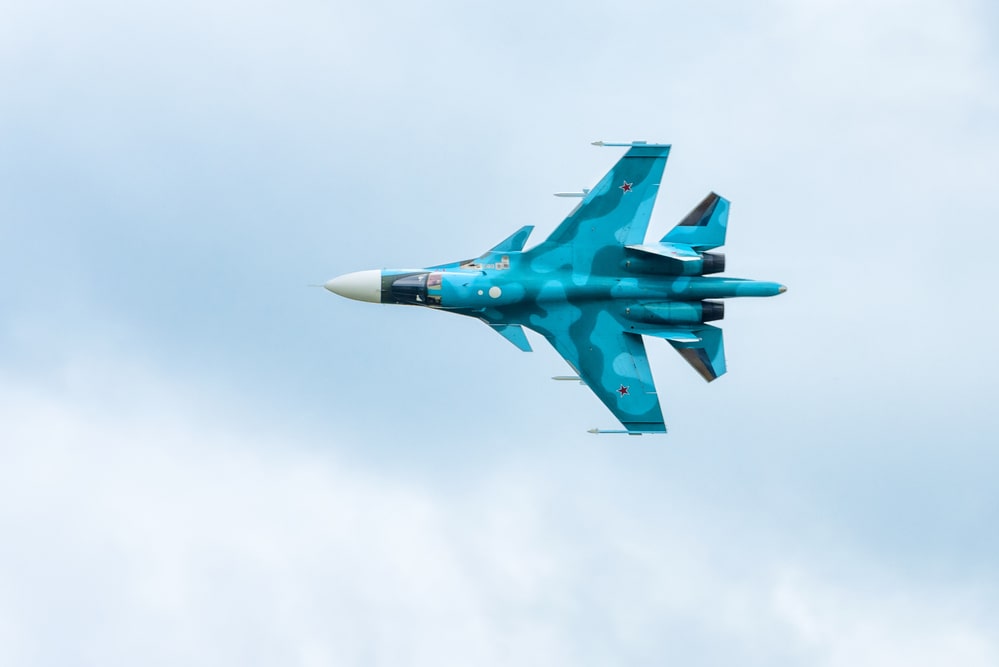A Chinese analysis from The EurAsian Times challenges the invincibility claims of Russia’s Kh-47M2 Kinzhal hypersonic missile. The critique delves into its combat performance, technological limitations, and the impact of economic sanctions on its use in the Russia-Ukraine war.
As the Russia-Ukraine conflict unfolds, the once-feared Kh-47M2 Kinzhal hypersonic missile faces critical scrutiny from Chinese analysts. The EurAsian Times sheds light on the assessment that labels the Kinzhal as “outdated Cold War tech,” challenging its status as a wonder weapon.
Kinzhal’s Stature: The Kinzhal, also known as the “Dagger,” has been a symbol of Russian military prowess, designed to travel at speeds exceeding Mach 10, making it extremely difficult to intercept on radar systems. Fired by the MiG-31, it was celebrated as a game-changer.
Operational Debut: In March 2022, Russia deployed the Kinzhals in the Ukraine conflict. The Chinese analysis highlights the surprise shift to using Su-34 “Platypus” for launching, deviating from the usual MiG-31. The combat debut brought attention to the missile’s actual performance.
Global Hypersonic Landscape: While Russia flaunted its hypersonic capabilities, the analysis notes that China has already developed and deployed various hypersonic variants, showcasing a lead in hypersonic technology. The Kinzhal’s significance is weighed against China’s advancements.
Economic Impact: The prolonged war has strained Russia’s resources, impacting the Kinzhal’s combat effectiveness. Manufactured in limited numbers, economic pressures suggest that the missile’s inventory may dwindle, diminishing its strategic impact in the conflict.
Technological Critique: The Chinese experts challenge the Kinzhal’s reputation, categorizing it as “outdated 1980s Cold War technology.” Issues with its ballistic trajectory, maneuverability, and reliance on satellite navigation systems are highlighted, questioning its effectiveness against modern anti-missile systems.
Switch to Su-34: Russia’s decision to use the Su-34 for launching Kinzhals is analyzed. While providing advantages in air-launch range and flexibility, the shift introduces limitations due to the Fullback’s slower speed and reduced performance under the hypersonic missile’s weight.
Satellite Navigation Challenges: The analysis points out Russia’s potential navigational disadvantage with its GLONASS satellite system in a state of limbo. The reliance on satellite navigation for real-time guidance raises concerns about navigational accuracy and susceptibility to Western warnings.
The Chinese analysis offers a critical lens on the Kinzhal’s actual performance, questioning its reputation as an invincible weapon. The technological critique delves into the missile’s limitations, emphasizing how economic pressures and strategic decisions impact its utility in the ongoing conflict. China’s advancements in hypersonic technology add another layer to the assessment, placing Russia’s claims in a comparative context.
The Kinzhal’s performance in the Russia-Ukraine war becomes a focal point, challenging the narrative of an unbeatable hypersonic missile. The economic and technological aspects contribute to the broader discussion on the evolution of warfare technologies and the pragmatic challenges faced by military forces in contemporary conflicts.
As the analysis unfolds the layers behind the Kinzhal’s combat debut, the conclusion emerges that the missile may not live up to its formidable reputation. The assessment offers insights into the evolving dynamics of modern warfare, where economic constraints, technological critiques, and strategic decisions shape the effectiveness of once-feared weapons.
This analysis draws from The EurAsian Times‘ examination of the Chinese critique on Russia’s Kinzhal missile, providing valuable insights into the ongoing discourse surrounding hypersonic technology in the context of the Russia-Ukraine war.



